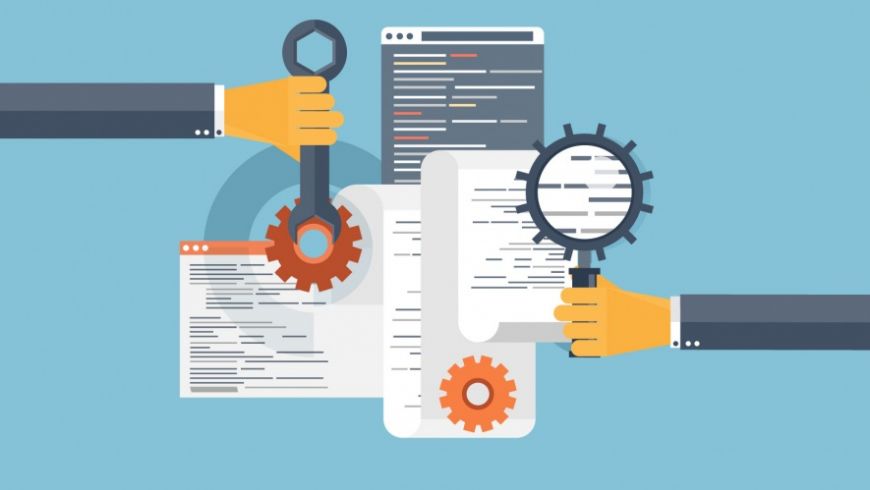If you are like most SEO specialists, the technical aspects may not be the most interesting side this activity has to offer, in the hope that our fellow programmers will know how to deal with it.
However, even some minimum knowledge on the subject of technical SEO may help us out in the long run. Given that the technical aspects of SEO "optimization" are quite difficult to grasp at once, we shall try to explain and define them using simpler terms or, in other words, follow this n00b's guide to technical SEO and your site might just reach the top!
So what is technical SEO all about?
As part of the On Page optimization process, this approach to SEO is all about improving the technical aspects of a website in the hopes of reaching a top position in SERPs. This is the reason for making sure your website is fast-loading, easy to crawl and has a strong layout foundation that can't be missed by Google.
What is the reasoning behind this technical optimization?
One of the major purposes of any search engine is to offer the most relevant answers, by indexing and evaluating all the web pages based on an array of factors. While some factors relate entirely to user experience, such as loading speed, others are completely focused on Google bots, such as structured data schema.org. By fine-tuning these factors, your website will be easier to crawl and index by Google, the reward being higher positions in the SERPs.
What are the essential technical aspects of SEO?
1. Fast-loading
In this day and age, slow-loading websites are starting to get ignored by incoming visitors. According to statistics, about 53% of mobile users will leave a website if it has a waiting time of more than 3 seconds! To put this into context, your potential clients will choose the competition if your website is too slow.
One of the best methods for improving page loading speed is using
Google Page Speed Insights, an easy tool that lets you identify and fix any loading problems.
2. Easy to crawl by Google bots
Google bots, also known as crawlers, or spiders, follow a site's connections to discover all of its pages and their contents. To help you with that, you must make sure you have a solid internal linking, known as a site's architecture so that crawlers can understand what is going on with ease.
However, there are other ways in which you can help guide the crawlers. Such an example is limiting access for some of the pages, leading to a crawl without actually displaying that page in SERP.
The most efficient way of achieving control over crawlers is through the robots.txt file. You need to be extra careful with this one, however, as one little mistake can turn your site invisible for search engines.
3. A small number of broken links
As hard as we may try, getting rid of all the broken links on a website is a near-impossible task. Instead, we should try to limit their numbers as much as possible. Broken links offer the worst user experience around, and crawlers know this and will penalize your site. To prevent this from happening, you'll need to perform a redirect 301 from the broken link to a functional page.
4. No duplicate content
The less duplicate content you have, the more accurately the crawlers get to correctly identify your web pages. Whenever two pages share the same content, the Google bots get confused about which one should be prioritized. The consequence: A lower ranking in SERPs.
Unfortunately, you can have duplicate content without even knowing it. There are so many cases in which the homepage gets duplicated (an example being site/index.php). Maybe the user won't notice, but the "guards" at Google will see two different pages, sharing the same content. You can bypass this problem by using the "rel=canonical" tag, which lets crawlers know what pages to ignore and what pages to take into consideration.
5. Benefits from an SSL security certificate
For properly optimized websites, the existence of an SSL security certificate is an absolute must. This certificate guarantees safe user transactions, and the difference between a secured website and a potential unsecured one can be seen in the address bar ("HTTPS://" instead of "HTTP://").
6. Your website has an XML sitemap
An XML sitemap is like a road map for all the web pages in a site, informing search engines on all the addresses of the webpage. This helps Google a lot, allowing for an easy crawl and index. Nowadays, XML has become a standard, being accepted by all the search engines out there. It is also used to inform Google of the changes that might occur at a given time.
Conclusion: Even if you don't want to wrap your head around all the technical aspects of a website, there are still some easier (but no less important) things to watch out for, which are crucial to your website's ranking - and success!




